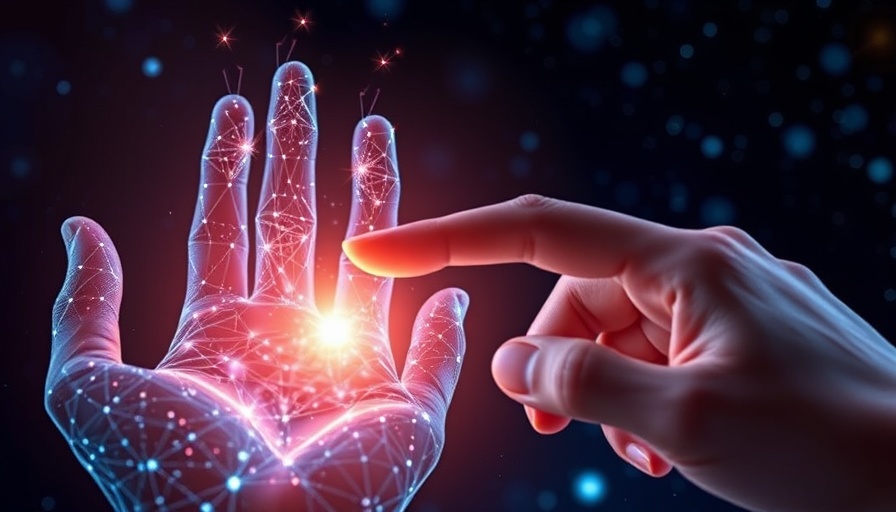
Why Web3 Must Embrace Generative AI Trends
As the landscape of artificial intelligence (AI) continues to evolve rapidly, Web3 must adapt to these transformative changes. Generative AI, which has seen significant advancements recently, offers unprecedented opportunities for decentralized technologies. The mantra, "Build for where the industry is going, not for where it is," resonates strongly in this context, urging innovators in the Web3 space to align with emerging AI trends.
The Reasoning Revolution: A New Age for Large Language Models
One of the pivotal developments in generative AI is the strong focus on reasoning capabilities of large language models (LLMs). Models like GPT-01 and DeepSeek R1 have underscored the importance of reasoning by allowing AI to break down complex tasks into structured, multi-step processes. This isn't just a technical advancement; it's a paradigm shift towards enhancing AI's interpretive capacity.
For Web3, incorporating reasoning into its frameworks provides a unique opportunity. Picture AI-generated articles where the reasoning steps are verifiable on-chain, offering an immutable record. This level of transparency could become essential, bridging trust in an era dominated by AI-driven content.
Synthetic Data: Powering Decentralization
Synthetic data generation is another trend reshaping the capabilities of AI. Utilizing intermediate systems that create high-quality datasets, synthetic data reduces reliance on real-world examples, thereby accelerating model training and robustness.
This presents a significant opportunity for Web3. By employing a decentralized approach to synthetic data generation, where nodes contribute computational power in exchange for rewards, a thriving ecosystem could emerge. Such a model would not only democratize AI development but could also stimulate a decentralized AI data economy.
Post-Training Workflows: Democratizing AI
The shifts from massive pretraining workloads to a focus on mid and post-training capabilities signify a new era in AI development. With models like GPT-01 paving the way, there's a growing potential for distributed training across decentralized networks.
This evolution allows Web3 systems to refine AI models in a collaborative manner, enabling contributors to offer their computational resources and stake claims in AI model governance or profit-sharing. This new model could profoundly change how AI resources are allocated, making AI development more inclusive and accessible.
Distilled Models: Efficiency Meets Accessibility
Advancements in distillation techniques have led to the creation of smaller, more efficient AI models that can operate on consumer-grade hardware. This surge in popularity opens doors for decentralized AI inference networks, where these compact models can run effectively.
Web3 can capitalize on this development by establishing tokenized marketplaces for AI inference. Participants providing computational power for these distilled models can benefit from new incentive structures, fostering a community-driven environment centered around decentralized AI applications.
The Call for Transparency in AI Evaluations
As generative AI progresses, so does the need for reliable evaluation standards. Traditional methods often provide inflated performance metrics that may not reflect real-world capabilities. This calls for systems that verify model performance beyond self-reported numbers.
Here, Web3 can usher in a new era of accountability through blockchain-based proofs of performance. By developing community-driven metrics and evaluations, trust and integrity in AI assessments can be significantly bolstered, offering clarity in a marketplace often shadowed by skepticism.
Can Web3 Adapt In Time?
The rapid shifts in generative AI signal a critical juncture for Web3. The trajectory towards artificial general intelligence (AGI) is becoming decentralized, and Web3 has a real chance to contribute meaningfully to this evolution. The question remains: Will Web3 seize the moment and integrate into the unfolding AI narrative and its diverse opportunities?
As these trends gather momentum, AI enthusiasts must stay informed and engaged with these developments. This will not only help shape the future of Web3 but also determine its place in the broader AI landscape.
 Add Row
Add Row  Add
Add 


Write A Comment